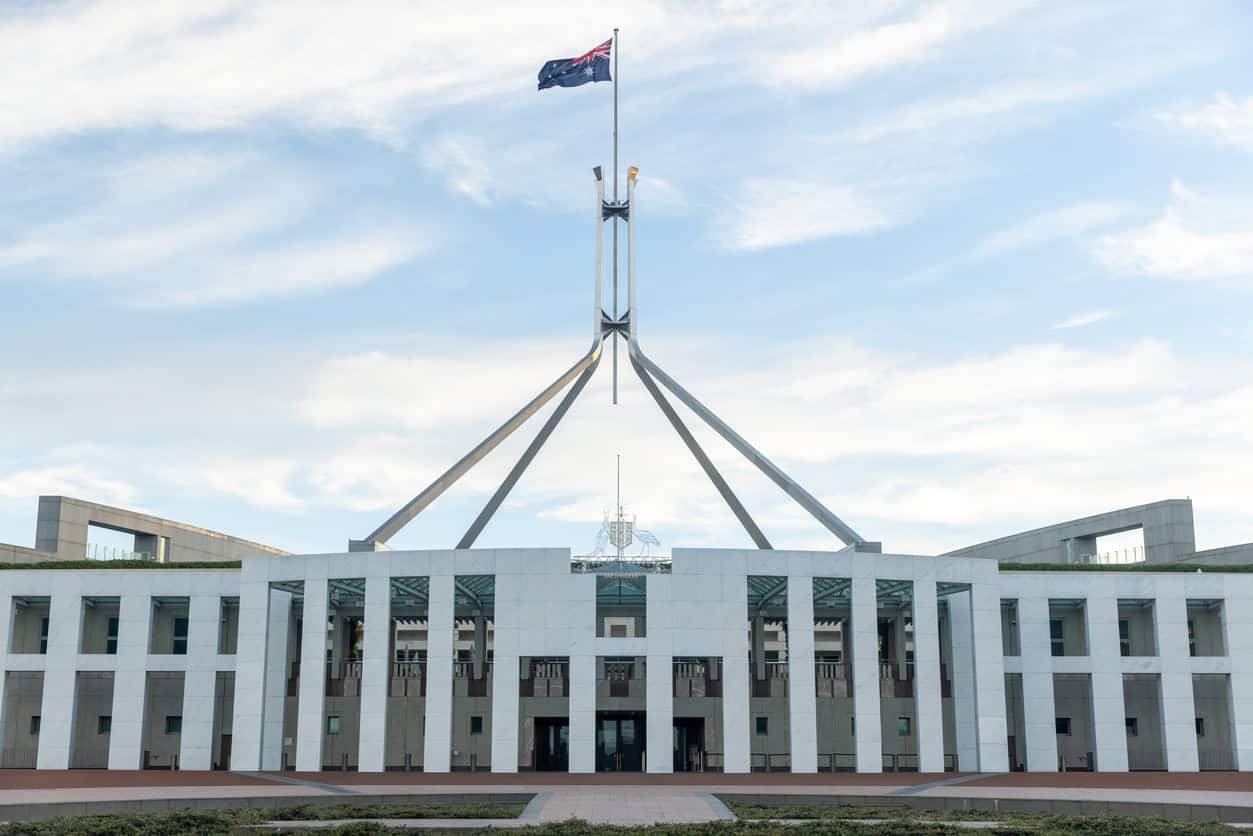Following the IRCC’s announcement of further restrictions on international students on September 18, the Canadian government clarified the programs that will be eligible for post-graduate work permits in an announcement late last week.
Releasing the highly-anticipated news, the IRCC provided a list of 966 eligible programs divided into agriculture and agri-food, healthcare, STEM, trade, and transport.
Across the board, sector leaders have expressed their support for fostering alignment between PGWP opportunities and labour market needs, but in practice, many details of the policy have raised alarm in an already volatile sector.
The PIE News heard from education leaders about their take on the criteria and its potential implications for international students, Canadian colleges, local communities and the Canadian sector at large.
So, which fields of study have been the hardest hit?
The new field of study criteria, which comes into effect on November 1, applies to those graduating from college-level programs and a small number of university programs, leading to accusations of “elitism” by the IRCC.
For university students graduating from bachelor’s, master’s and PhD programs, all fields of study remain eligible for PWGP, but other university programs and all college-level programs must now meet the new criteria.
“We are gravely concerned that the restrictions placed on colleges – and polytechnics by default – illustrate a fundamental undervaluing and misunderstanding of the role of colleges in addressing labour market and community needs across Canada,” CBIE president Larissa Bezo told The PIE.
“These restrictions and the perception that opportunities via the college system are now more limited, will have a ripple effect internationally in terms of colleges’ ability to recruit international students into programs of significant relevance to Canada’s labour market needs,” said Bezo.
Stakeholders across the sector have expressed concern over the differential treatment of colleges and universities, with immigration expert Matthew McDonald suggesting that Minister Miller is “punishing the college sector as a whole because of some bad actors within it”.
“A Bachelor of Commerce from a college is PGWP-ineligible but a Bachelor of Commerce from a university is? Why is a college’s Bachelor of Creative Advertising less PGWP-eligible than a university Bachelor of Arts?” McDonald asked.
As for fields of study, there has been a notable reduction in eligible business and hospitality programs, shifting the focus to health, trades and technology.
This alignment ensures that international students’ educational pathways are even more directly linked to viable job opportunities in Canada. That message can be very powerful.
Saurabh Malhotra, StudentDirect
How did the IRCC draw up the list?
The PIE understands that The National Occupational Classification (NOC) system was used to determine areas of the labour market experiencing shortages and that this was then mapped to Canada’s Classification of Instructional Programs (CIP).
The field of study requirement has reinforced the IRCC’s shift back towards an occupation-specific immigration system, “which largely disappeared at the federal level between 2015 and 2023”, said McDonald, who commended the fact that international students will now receive precise information on the labour market and their employability in Canada.
Graham Barber, assistant director of international relations at Universities Canada, echoed this sentiment, adding: “We’re pleased to see that current students have been grandfathered under the existing rules.”
However, aligning the criteria with national labour market demand has prompted concerns that specific labour requirements of individual provinces and territories will be overlooked.
“A more flexible, regionally tailored approach would better support international students while addressing the diverse economic needs across Canada,” said Barber.
Stakeholders have accused the IRCC of ignoring the CBIE’s request that “labour market needs ought to be defined by the regions and the provinces” despite consulting with the sector over the summer.
For McDonald, the “heavy-handed approach” is indicative of “a political dysfunction between the two levels of government”, with provinces responsible for education and the federal government overseeing immigration.
After months of policy shifts, sector stakeholders are calling for enhanced communication and collaboration among institutions, federal and provincial governments, and local regions to regain a much-needed period of stability.
What impact could the criteria have on Canadian colleges?
“As we now begin to unpack the realities of the 966 eligible fields of study and what this does not include, the potential impacts for colleges are extremely dire… The highly restrictive nature of the new PGWP changes have the potential to decimate the Canadian college system as we know it,” said Bezo.
The highly restrictive nature of the new PGWP changes have the potential to decimate the Canadian college system as we know it
Larissa Bezo, CBIE
Since the initial international student cap was announced in January, study permit application volumes have dropped by around 40%, according to ApplyBoard data.
“With these new constraints I anticipate a further 20-40% drop. By 2025, enrolment at most Canadian colleges could be just 25-40% of 2023 levels – a potential disaster for both the labour market and educational institutions,” Saurabh Malhotra CEO of StudentDirect.
Despite likely budget cuts and “short-term pain”, the new criteria might also present a strategic opportunity for colleges to strengthen their brand by training students in fields with direct industry needs, suggested Malhotra.
“This alignment ensures that international students’ educational pathways are even more directly linked to viable job opportunities in Canada. That message can be very powerful.”
And the sector at large?
“What is concerning beyond the changes themselves, is that these changes continue to undermine ‘Brand Canada,’ which has been established over the past two decades with Canada’s reputation as a stable and welcoming destination for international students based on the (for the most part) consistent and predictable policies,” Philip Reichert, director of global engagement at UBC, told The PIE.
According to 2023 CBIE data, 70% of international students in Canada planned to apply for a PGWP after graduation, with ApplyBoard CEO Meti Basiri warning the changes will have “lasting impacts on Canada’s international education sector and economy”.
We’re pleased to see that current students have been grandfathered under the existing rules
Graham Barber, Universities Canada
The limited range of college programs now eligible for PGWP will also have consequences for domestic students, with particular concern about the potential damage to rural and remote institutions.
“Without international students coming into these programs, institutions will face difficult decisions about staff and programs cuts and we are much more likely to find ourselves in a situation when many institutions are forced to cease operations. This would mean less offerings for Canadian students and international students alike,” said Bezo.
What’s next?
Though the announcement provided some clarity in advance of November 1, sector leaders have once again decried the constant policy shifts for causing market instability, calling for improved government communication and a period of stability to rebuild ‘Brand Canada’.
According to CBIE predictions, the policy choices are likely to have far-reaching unintended consequences that could take five to seven years to recover from – if the policy environment enables it.
However, educators across Canada are determined to rally once more to demonstrate that Canada is still a destination for high-quality education and global talent.
“Hopefully in the coming months, IRCC will prioritise clarity, transparency, and efforts to rebuild the reputational damage. Focus should be placed on improving service times, addressing existing backlogs, and ensuring smoother transitions for institutions and students,” said Reichert.
Though student numbers will be reduced, Malhotra emphasised the need for colleges to shift their narrative from “an immigration-centric to a career-outcome focus”, communicating their value proposition to students.
“As an industry, our work is now to rebuild confidence in Canada’s brand for prospective international students and demonstrate that Canada remains a welcoming destination for students looking for high-quality education and positive post-graduation outcomes,” said Basiri.
#PGWP #eligibility #criteria #affect #Canadian #market









